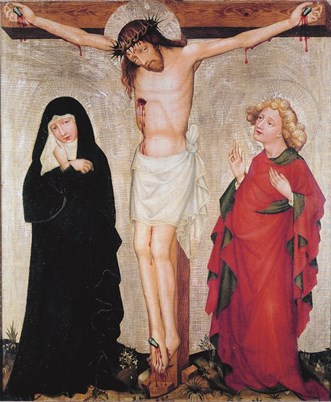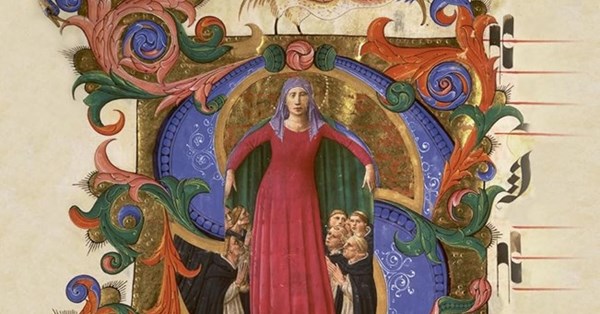THIS book tells a story that needs to be heard. In part, it is historical, but what Cosima Clara Gillhammer’s Light on Darkness achieves is much more than this. Written in an engaging style, it ranges broadly, drawing and showing connections between the Church’s poetry and wider culture and life.
There are ten chapters in total, and the headings of the first seven chapters cover the spectrum of human experience, from regret to hope, from suffering to joy. The final three chapters are more explicitly theological, and, in turn, offer an account of the transcendent encountered in worship, and the two dimensions in which worship occurs, namely, time and space.
Finally, the short conclusion recalls that true liturgical prayer is the work of God, the Holy Spirit in us expressing our praise and prayer, and that its multiple and varied forms, through the ages, witness to the durability and reliability of the liturgy as the medium and means of our encounter with the divine.
Worship is primarily addressed to God. Although it is not all about our being moved or instructed by the experience, it does, as Gillhammer effectively demonstrates, connect and speak to our human condition. Liturgical forms are not only resonant, chiming with our deepest emotions, our hopes and fears, but also reverberate and have inspired and continue to influence wider cultural expressions in music, literature, architecture, and the visual arts.
 Gemäldegalerie, Staatliche Museen zu BerlinAnonymous, Christ on the Cross (c.1400), oil on wood, one of the many illustrations in he book
Gemäldegalerie, Staatliche Museen zu BerlinAnonymous, Christ on the Cross (c.1400), oil on wood, one of the many illustrations in he book
It is the drawing on a broad range of cultural references that is so impressive and enlightening in this book. For example, the discussion of the Dies Irae in the chapter on death tells not only of its origin as an early plainsong chant and its full flowering as a part of the requiem mass for the departed, but also how its musical phrasing was reworked by more modern composers, and continues to be heard in contemporary film scores such as The Shining (1980), and more recently, the Watchman (2009).
The multiple cultural references and the well-chosen illustrations in the book amply show, in the author’s words, “what lies behind these words” — the words, that is, of liturgical and biblical texts that are read, prayed, and sung in worship. Liturgy has always been, especially in its varied medieval forms, multi-sensory. To enter a church service is to enter a world in which words are acted out in ritual gestures, and sounded in the chant and song, in a resonant architectural space that is enhanced by the whole panoply of worship: colourful vestments, artefacts, flickering candles, and fragrant incense.
Some of the chapters begin with an imagined worshipping scenario, but, in a couple of instances, the details in the evocation are not quite convincing. Rather oddly, in what seems to be a Benedictine monastic community, the monks appear in brown robes, when we know that they would appear in black. For consistency’s sake, perhaps the title of the first chapter should be “regret” rather than “petition”. But both of these are minor quibbles about what is a rare soul-making book.
The Revd Christopher Irvine is Canon Librarian and Director of Education at Canterbury Cathedral.
Light on Darkness: The untold story of the liturgy
Cosima Clara Gillhammer
Reaktion Books £15.99
978-1-83639-043-5
Church Times Bookshop £14.39
















